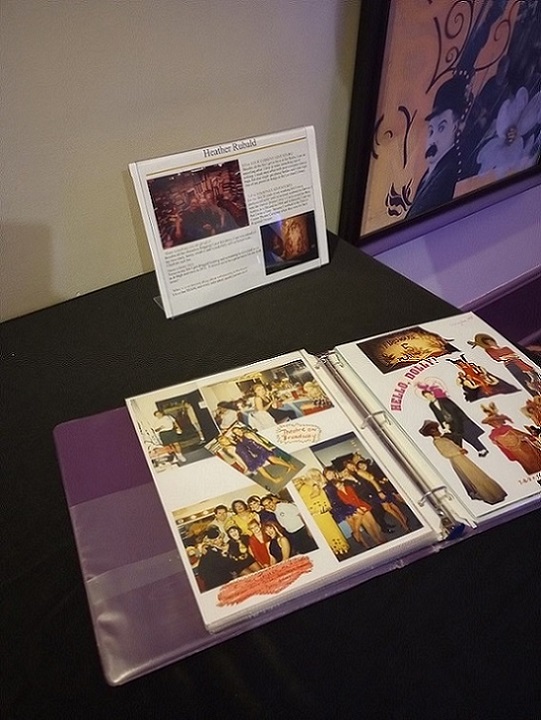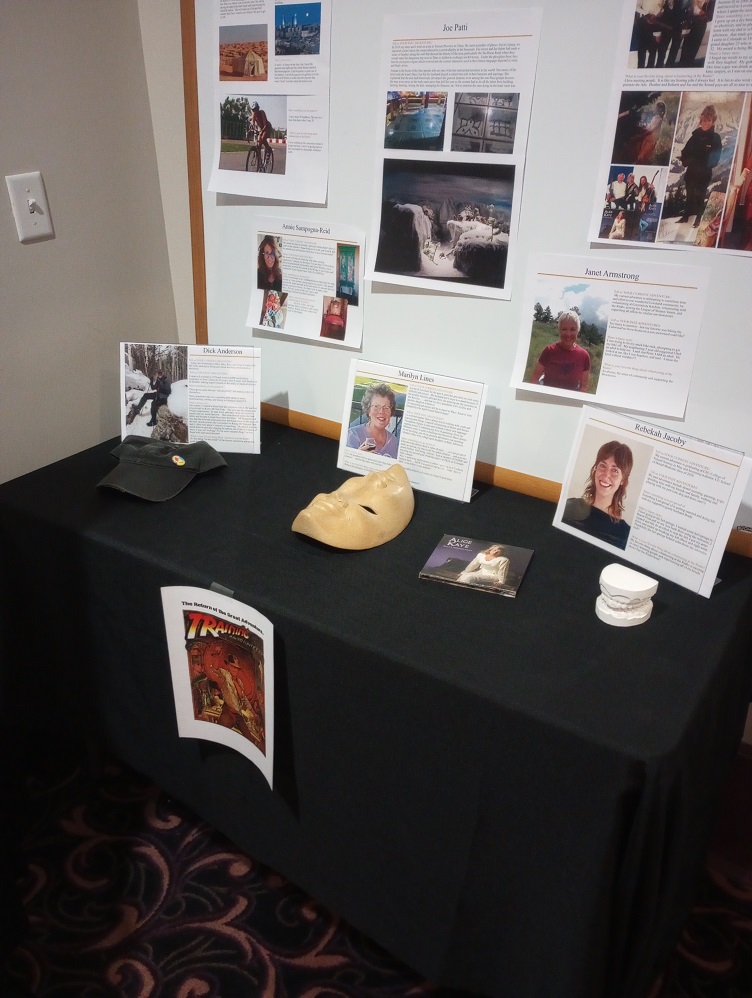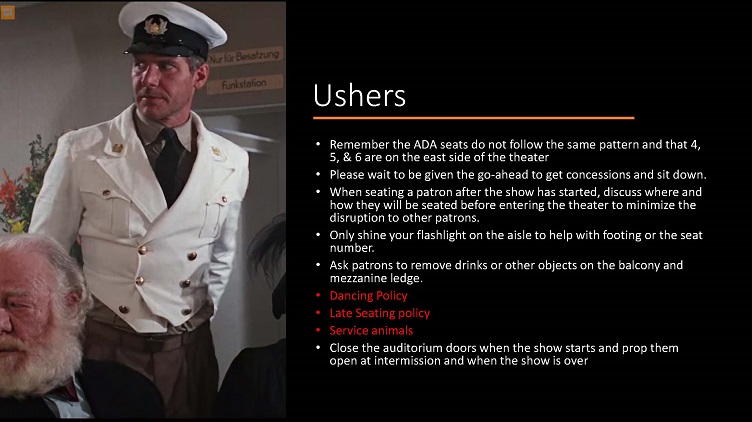I was somewhat amused by the story of a museum in Tasmania that had a lawsuit brought against it because one of its exhibits was intentionally designed to exclude those who did not identify as women. The experience of being excluded or welcomed was part of the exhibition.
It was designed to take the concept of an old Australian pub – a space which largely excluded women until 1965 – and turn it on its head, offering champagne and five-star service to female attendees, while refusing men at the door.
[…]
The museum had responded by claiming the rejection Mr Lau had felt was part of the artwork, and that the law in Tasmania allowed for discrimination if it was “designed to promote equal opportunity” for a group of people who had been historically disadvantaged.
The person who brought the suit claiming it was a violation of Tasmania’s anti-discrimination law, won the case on that basis.
The exhibit had been closed since that ruling, but last week I saw a follow-up article stating the lounge is being turned into a restroom and a church in order to take advantage of a legal exemption to maintain the original exclusive intent. Envisioning the space operating as a restroom and church is the part that amused me most. And then I read the additional irreverent plans the artist has for the use of the room and I had a little cackle.
“There is a fabulous toilet coming to the Ladies Lounge, and so in that sense the Ladies Lounge will operate as a ladies’ room.
“It’s a toilet that is celebrated the world round. It is the greatest toilet, and men won’t be allowed to see it,” Ms Kaechele said in Australian media reports.
Some of the key artworks, like the ones by Picasso, will be moved into the museum’s existing ladies toilet to ensure “uninterrupted viewing” while she applies for other exemptions.
And only on Sundays, men would be allowed into the space – to learn ironing and laundry folding.
“Women can bring in all their clean laundry and the men can go through a series of graceful movements (designed by a Rinpoche and refined by tai chi masters) to fold them,” she said, in an interview published by the museum on Tuesday.
[…]
“Thanks to the ruling, we have no choice but to open ourselves to a whole range of enriching experiences – spiritual, educational… to discover fascinating new possibilities, and to become better,” she said.








I've been to a few of the Science on Tap events, though I never gave a talk at one of…